Eco‑Conscious Upholstery Cleaning Tips: Fresh Seats, Clear Conscience
Chosen theme: Eco-Conscious Upholstery Cleaning Tips. Welcome to a greener way to care for your sofas, chairs, and cushions—without harsh fumes or waste. Settle in for practical methods, small habit shifts, and stories that prove a clean home can be kind to the planet. Join the conversation, share your wins, and subscribe for weekly eco-upgrades.
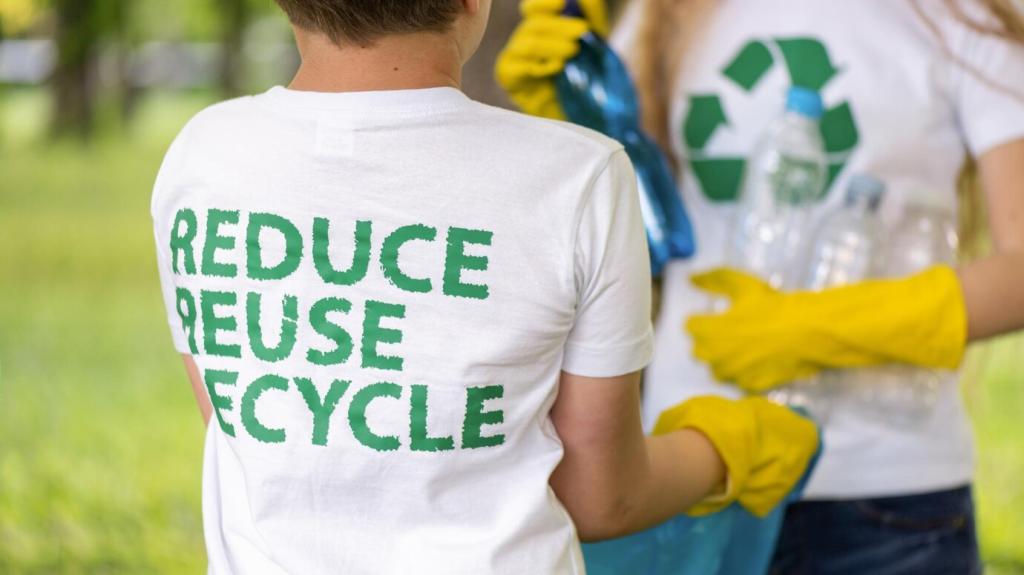
Cotton, linen, wool, and hemp breathe well and often clean up with mild solutions, while synthetics resist stains but can shed microfibers. Blends balance strengths, yet still need gentle, targeted care to minimize wear, waste, and unintended environmental impacts over time.

Before cleaning, test hidden spots with a damp white cloth and gentle solution. If dye transfers or fabric warps, pivot to lower‑moisture methods. This tiny check drastically reduces rework, preserves color, and keeps you from using extra products unnecessarily.

After a summer of bright afternoons, a linen chair faded and felt dusty. A light vacuum, a tiny foam of castile soap, and patience revived it beautifully. Share your own comeback story in the comments and inspire someone to try the gentler route today.
Build Your Green Cleaning Kit
Eco Ingredients That Work
Baking soda neutralizes odors without masking them, white vinegar cuts mineral residue, and castile soap lifts everyday soil. Pair them with cool water and patience. These staples reduce packaging, last months, and keep harsh, unnecessary additives out of your living room air.
Tools That Last and Shed Less
Choose a soft upholstery brush, a refillable glass spray bottle, and a high‑quality microfiber cloth. Launder cloths in a microfiber‑capture bag and air‑dry to reduce shedding. Reuse containers for refills and label them clearly for safer, less wasteful cleaning sessions.
Safety, Labels, and Ventilation
Read product labels for fragrance load, solvents, and certifications like Safer Choice or EU Ecolabel. Always patch test and ventilate with open windows, not overpowering plug‑ins. Safer formulas and fresh air protect your lungs while keeping indoor spaces genuinely clean and calm.

This is the heading
Lorem ipsum dolor sit amet, consectetur adipiscing elit. Ut elit tellus, luctus nec ullamcorper mattis, pulvinar dapibus leo.

This is the heading
Lorem ipsum dolor sit amet, consectetur adipiscing elit. Ut elit tellus, luctus nec ullamcorper mattis, pulvinar dapibus leo.
Deep Clean With Less Water

Dry Foam, Big Results
Whisk a teaspoon of castile soap into warm water to create rich foam. Apply only the foam with a soft brush, working in small sections. Blot, allow full drying, then vacuum. This method cuts water use and helps delicate weaves keep their shape longer.

Steam With Restraint
Use low‑moisture steam on W or WS‑coded fabrics with distilled water. Keep the head moving, never over‑saturate, and let cushions dry thoroughly. You’ll reduce dust mites and musty odors while avoiding the energy waste and damage that come from heavy, repeated passes.
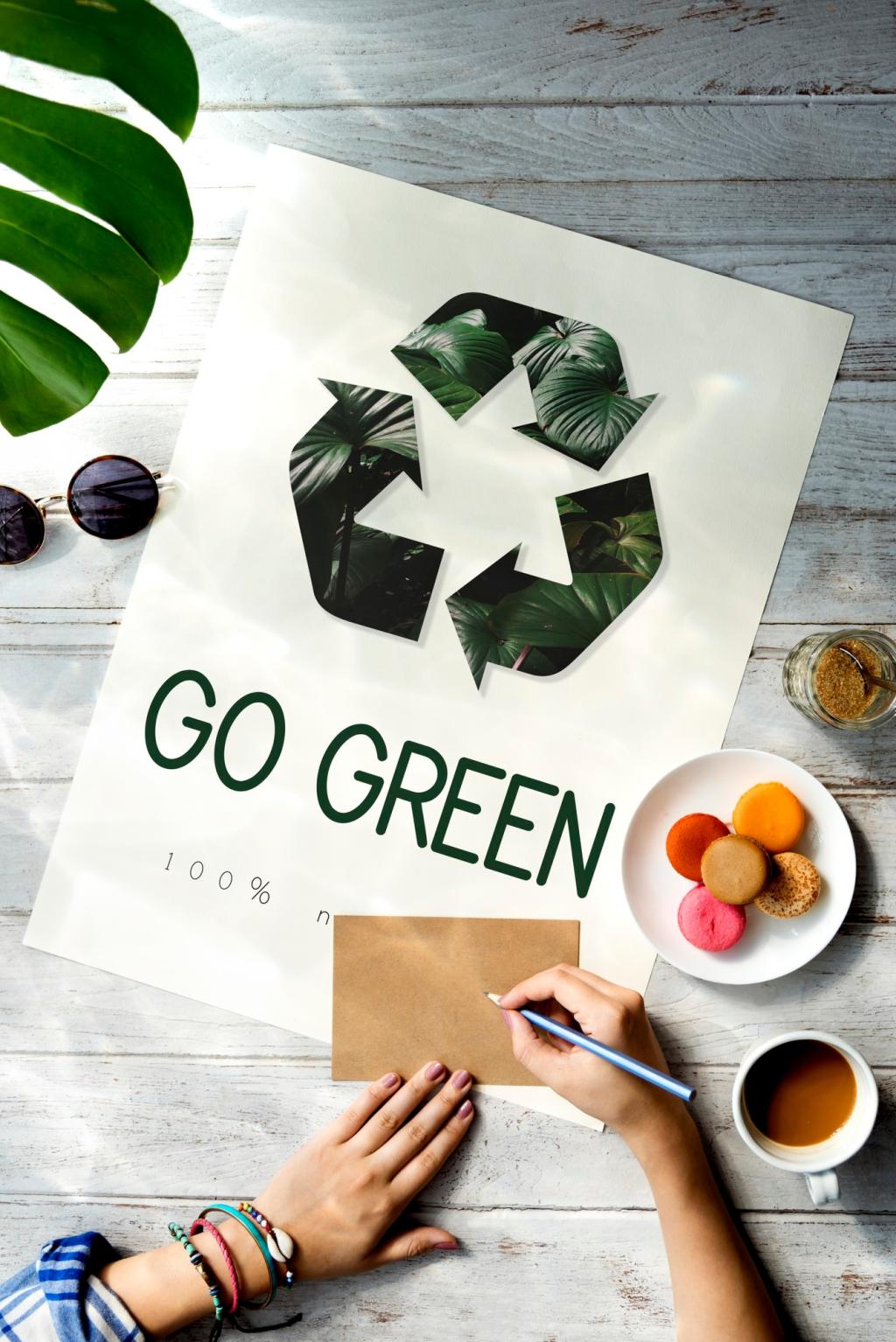
Sunlight and Fresh Air, Carefully
Air cushions outside on a breezy morning. Indirect sun helps deodorize, but limit exposure to prevent fading. Stand cushions upright for airflow, rotate once, and bring them in before midday. Share your drying hacks so others can copy your no‑power airing routine.
Allergy‑ and Pet‑Friendly Routines
Vacuum weekly with a HEPA upholstery tool, deodorize monthly with a light dusting of baking soda, and schedule seasonal deep cleans. This rhythm preserves fibers, reduces chemical use, and keeps you from resorting to harsher fixes when buildup becomes overwhelming.
Allergy‑ and Pet‑Friendly Routines
Blot thoroughly, apply an enzyme cleaner designed for upholstery, and let the microbes finish their work before re‑blotting. Prevent repeat visits by rinsing lightly and covering during training. Avoid strong citrus oils near cats; choose neutral, pet‑safe products and fresh air instead.
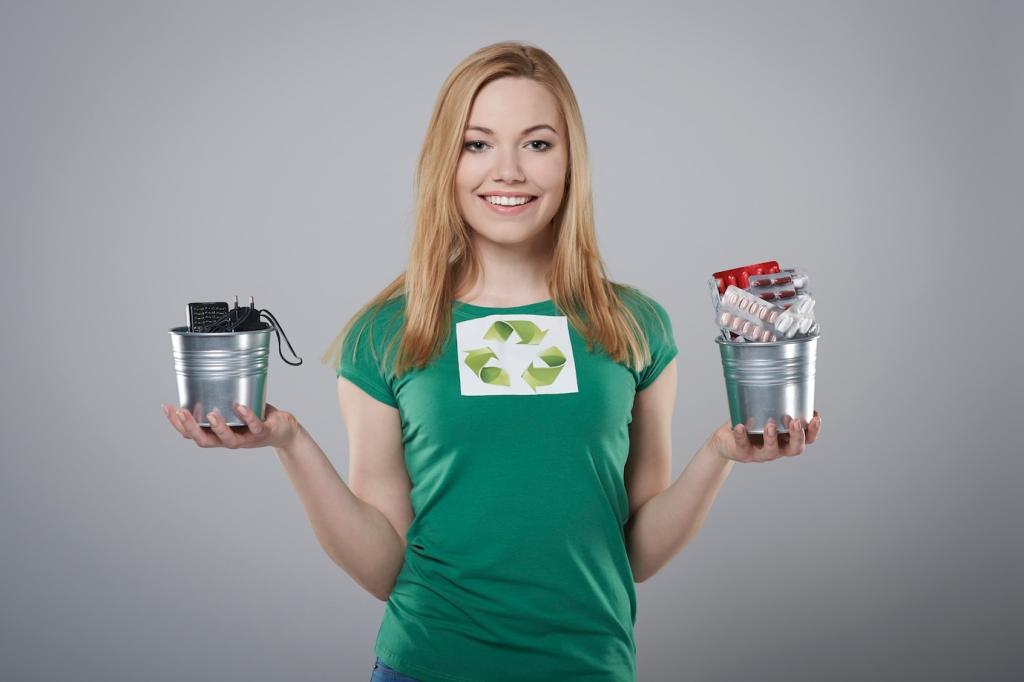
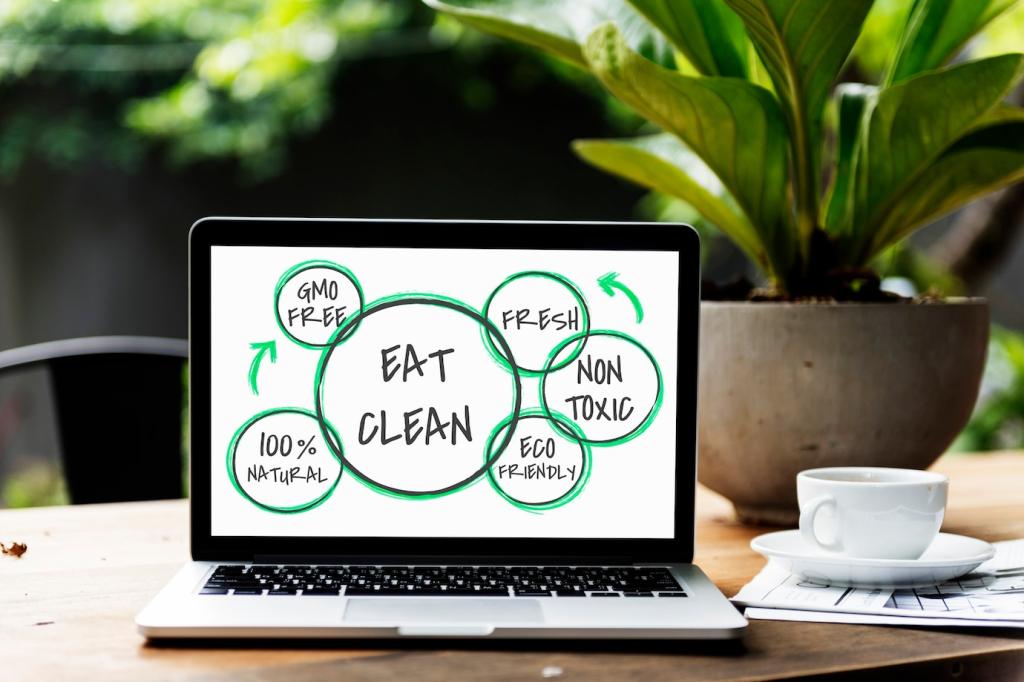
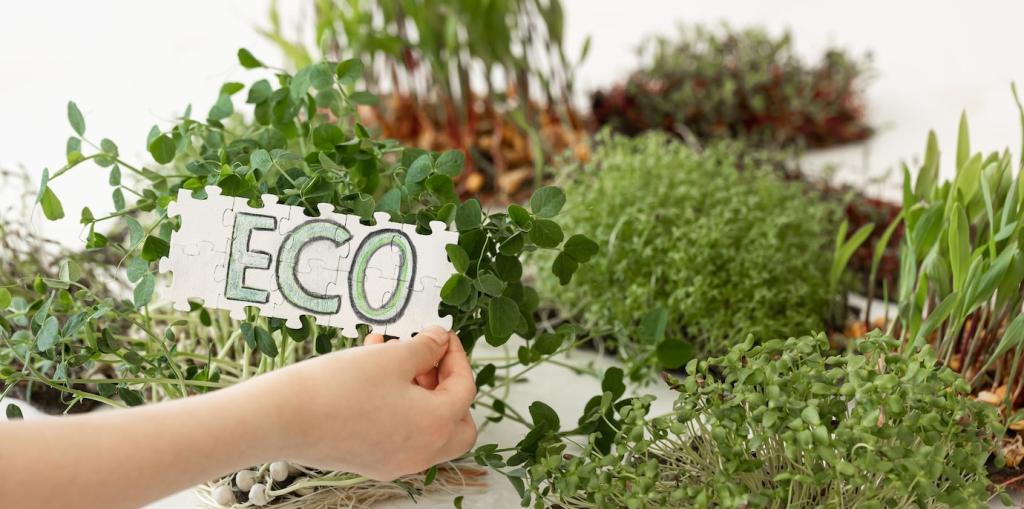
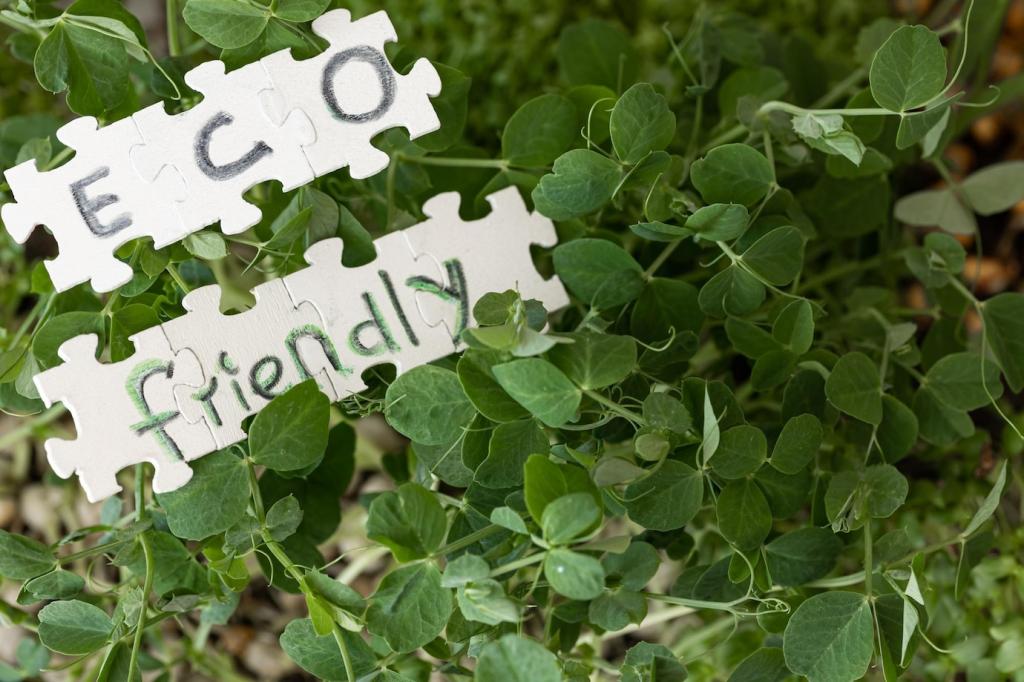
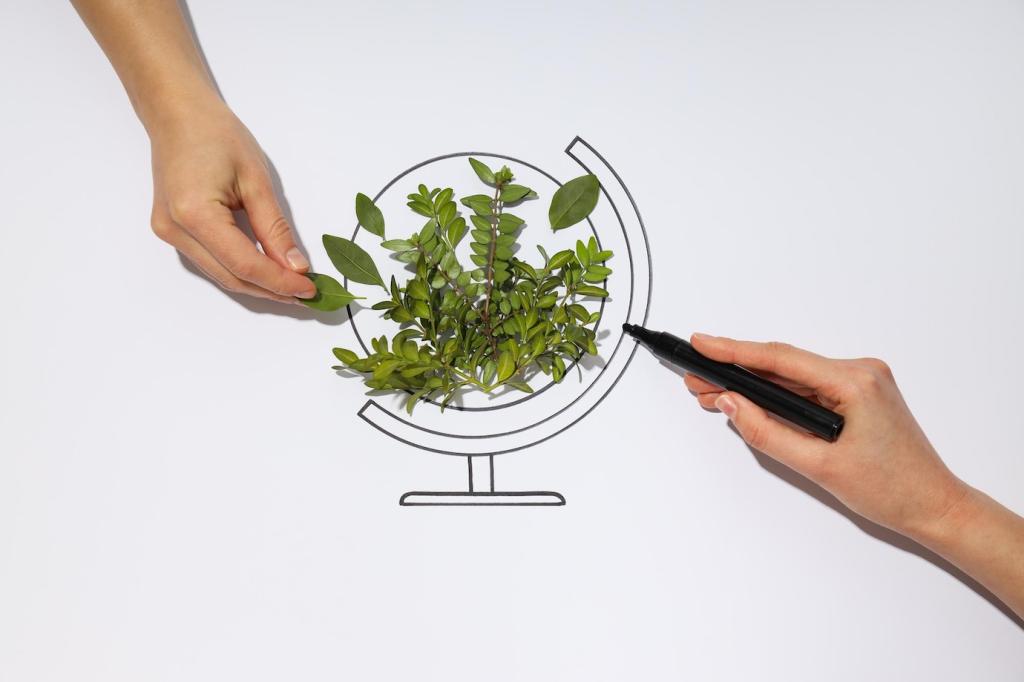
Decoding Labels and Greener Formulas
Understand Your Upholstery Code
W means water‑based cleaning is safest. S calls for solvent‑based methods. WS accepts both with care. X indicates vacuum‑only. If you choose a solvent, consider bio‑based options, use minimal product, and vent rooms well to keep indoor air fresh and healthy.
Simple, Effective DIY Mixes
For W fabrics, combine two cups water with one teaspoon castile soap in a labeled spray bottle; apply foam only. For S fabrics, a small amount of plant‑based alcohol on a cloth can help. Always test discreetly and avoid saturating seams or piping.
Waste Less, Dispose Right
Store concentrates in reusable bottles and make only what you’ll use. Never pour leftovers into storm drains. Dilute, use on appropriate tasks, or take to household disposal events. Wash cloths in cool water, line‑dry, and capture fibers with a laundry bag.
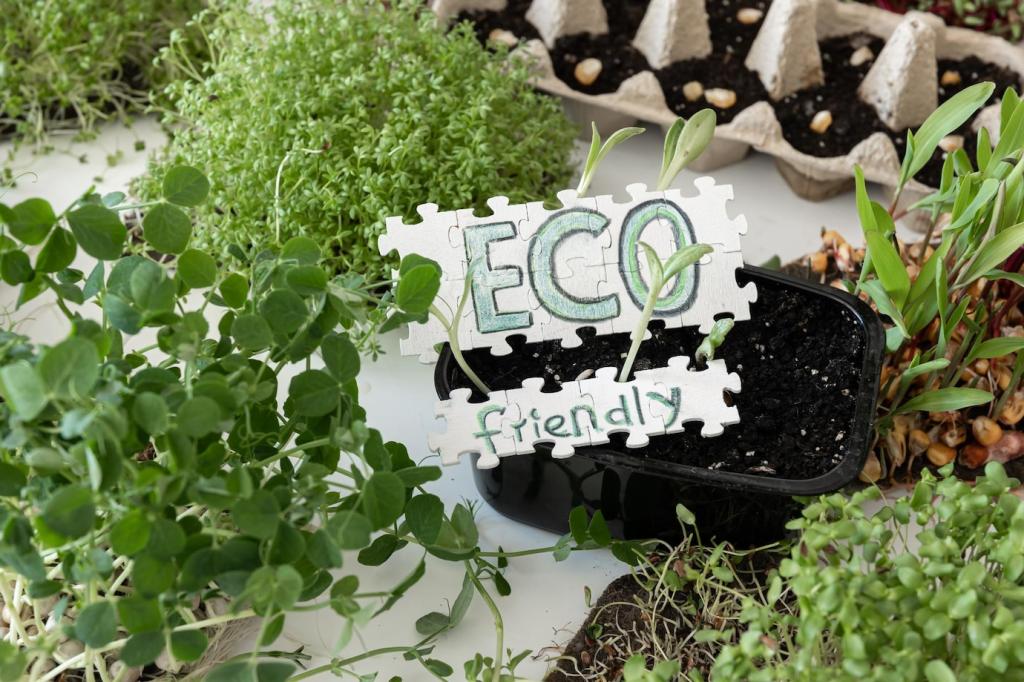
Tell Us Your Toughest Stain
Which mark nearly defeated you, and what finally worked? Post your steps, fabric type, and a photo. Your experience may spare someone else from panic and prevent unnecessary chemicals from entering their home and waterways this weekend.
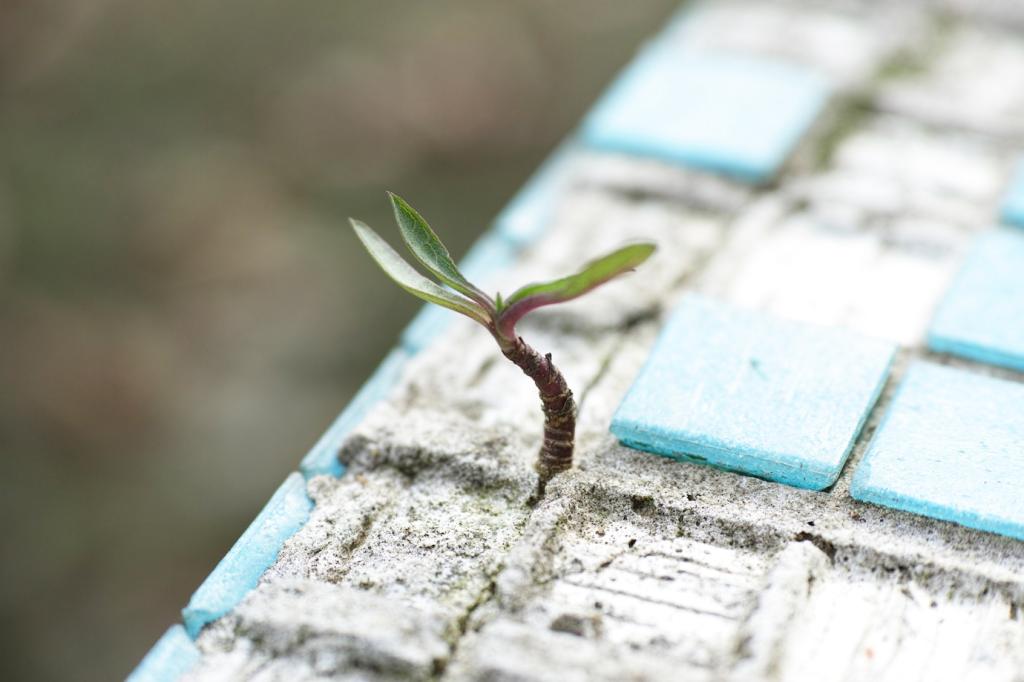
Subscribe for Smart, Gentle Guides
Get a printable upholstery care checklist, a stain type quick chart, and seasonal refresh reminders. We send concise tips that respect your time, energy, and air quality—so your routine stays effective, calm, and truly sustainable all year.

Take the 7‑Day Sofa Refresh
Join our micro‑challenge: seven tiny tasks, under fifteen minutes each, with minimal supplies. Share daily progress in the comments and tag us on social. Collective momentum keeps motivation high and turns green habits into muscle memory.
